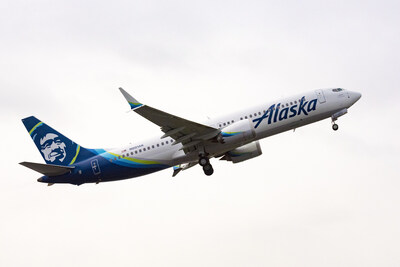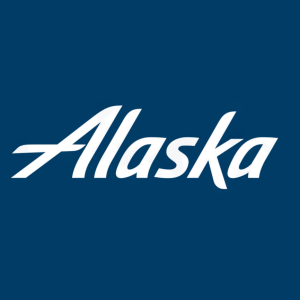Alaska Airlines takes delivery of our first longer-range Boeing 737-8
New aircraft is part of our strategic fleet plan that emphasizes growth
We proudly fly the youngest fleet of all
"The addition of the 737-8 and eventually the 737-10 to our fleet creates new opportunities for us to fly longer nonstop routes and maximize our revenue potential," said Nat Pieper, senior vice president of fleet, finance and alliances at Alaska Airlines. "We have achieved terrific results with the 737-9 in guest satisfaction, economics and fuel efficiency, and we are excited for our future with the other 737 models."
In March 2022,
For example, we will add our new nonstop Anchorage-New York JFK seasonal route with the 737-8, launching June 13, 2024. Anchorage-JFK (at 3,386 miles) will become the longest flight
Model | Delivered | Target | Aircraft | Role in |
737-10 | --- | 120-140 | 190 | This model will be the largest, most efficient aircraft in our fleet |
737-9 | 65 | 80 | 178 | Ideal aircraft for long-haul, high-demand routes |
737-8 | 1 | 20-40 | 159 | Longest-range 737 best for high-performance and medium-sized markets |
Our guests will soon enjoy refreshed updates to our 737-800 aircraft. With modifications beginning in late 2024, we are investing
"It's more important than ever that we deliver a consistent product to our guests," said Todd Traynor-Corey, managing director of guest products at Alaska Airlines. "The updates we're making to our older Boeing aircraft will provide a more consistent guest experience on our Boeing fleet by making the cabins look and feel more like our 737-9 and 737-8 aircraft."
The enhancements to the -800s include a move to a 161-seat configuration with 16 seats in First Class and new seats in Premium Class and main cabin, all while maintaining the same space our guests are accustomed to right now.
The new First Class seats feature a footrest and seatback device holder, allowing our guests to relax in industry-leading seat pitch that is worth talking about: We are the only
Since modifications of the new configuration are expected to be completed in 2026, a subset of the -800s will receive a refresh of the existing cabin in the first half of this year to improve the guest experience.
About Alaska Airlines
Alaska Airlines and our regional partners serve more than 120 destinations across
![]() View original content to download multimedia:https://www.prnewswire.com/news-releases/alaska-airlines-takes-delivery-of-our-first-longer-range-boeing-737-8-302026022.html
View original content to download multimedia:https://www.prnewswire.com/news-releases/alaska-airlines-takes-delivery-of-our-first-longer-range-boeing-737-8-302026022.html
SOURCE







